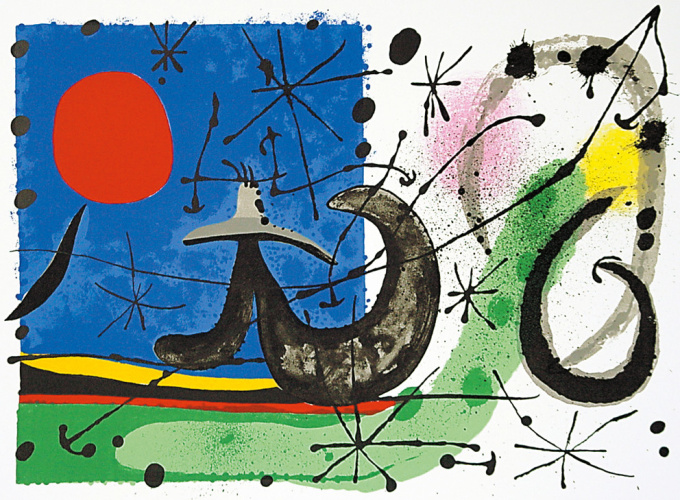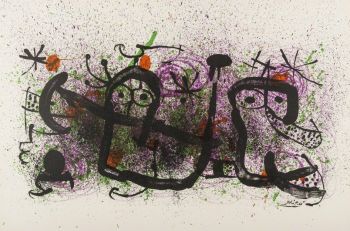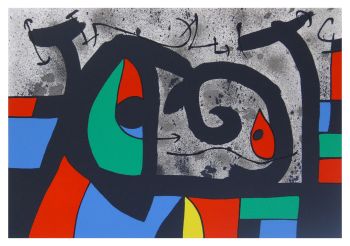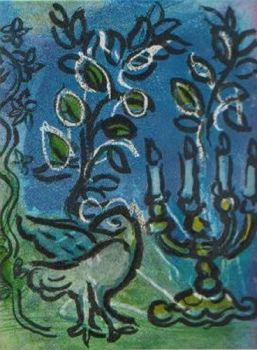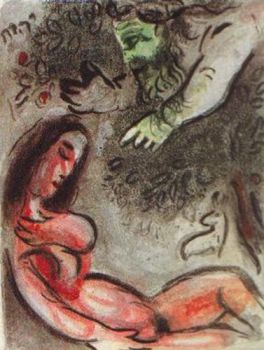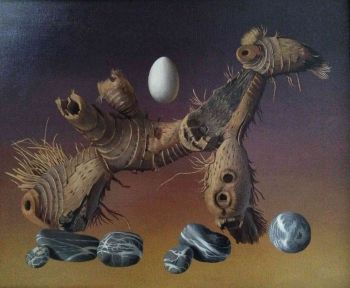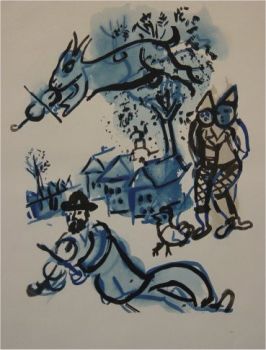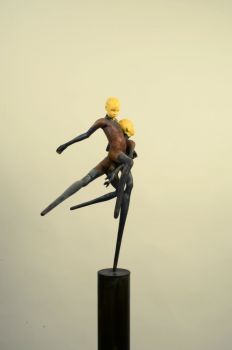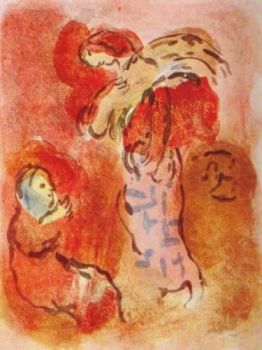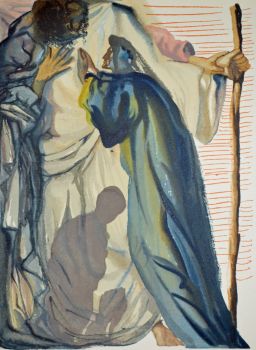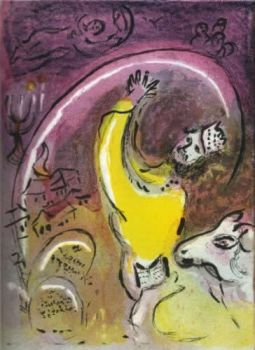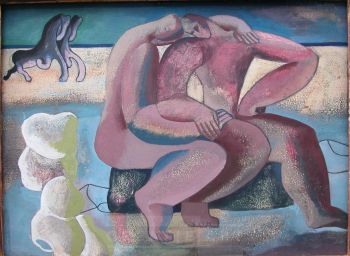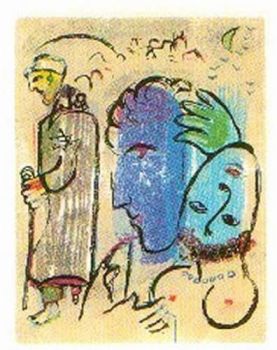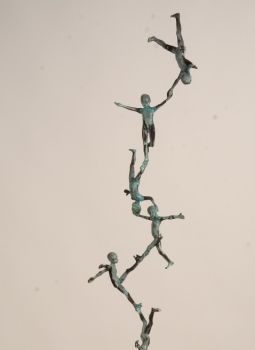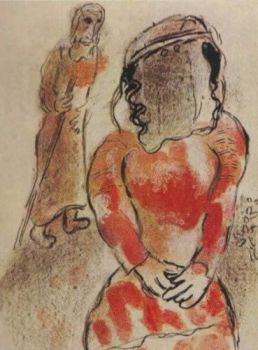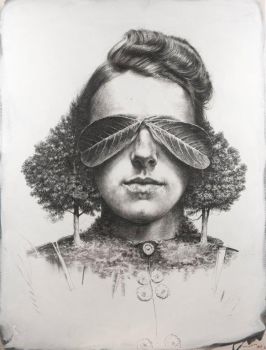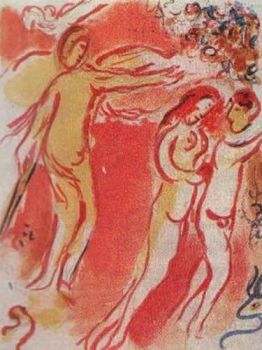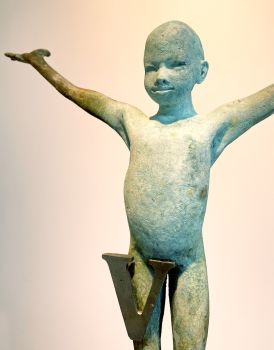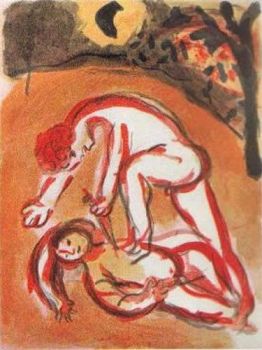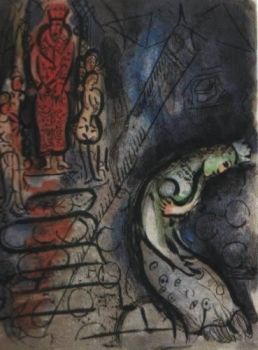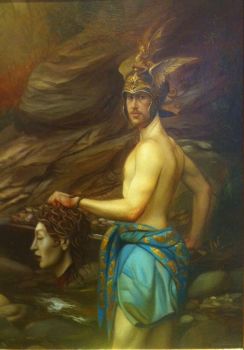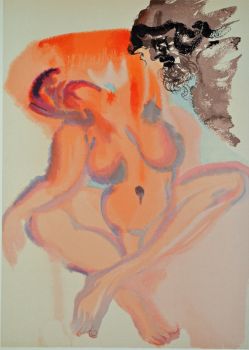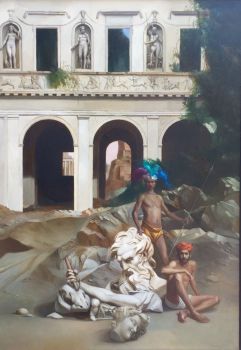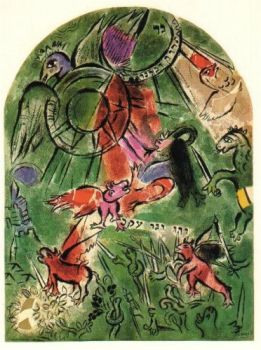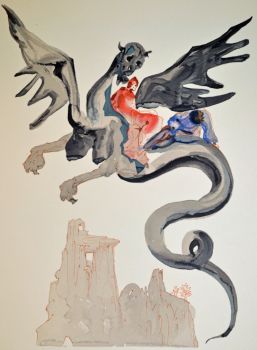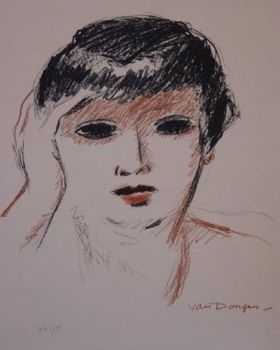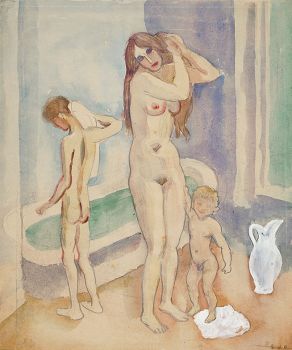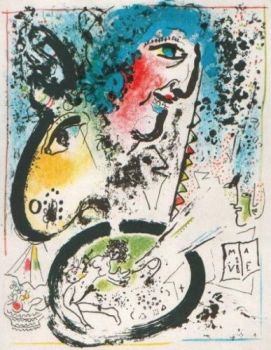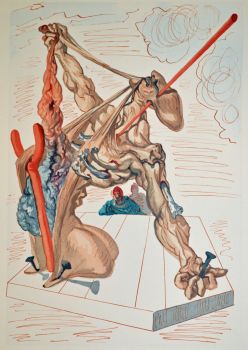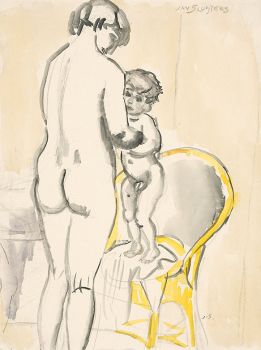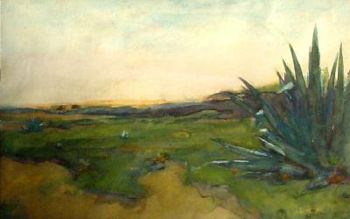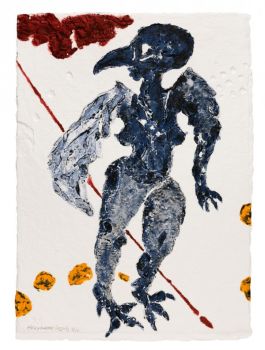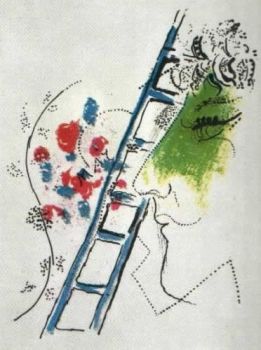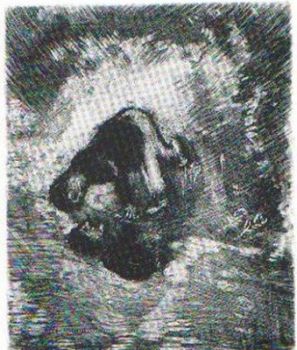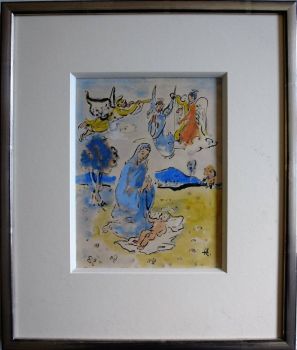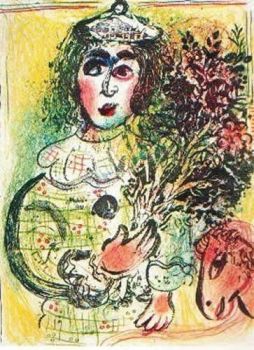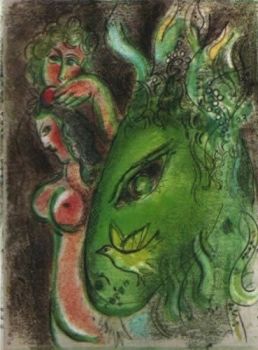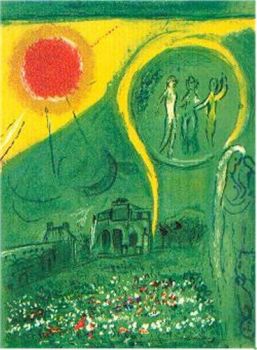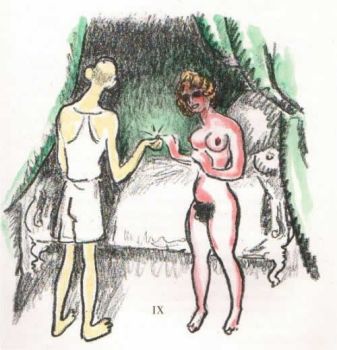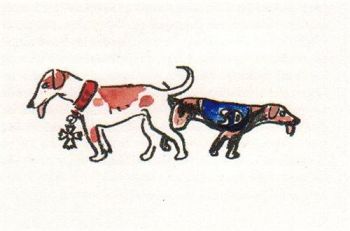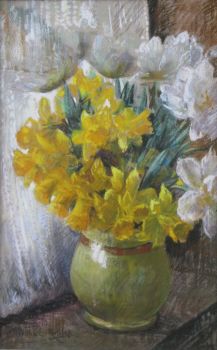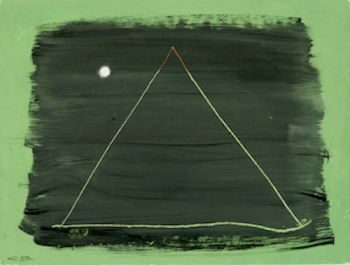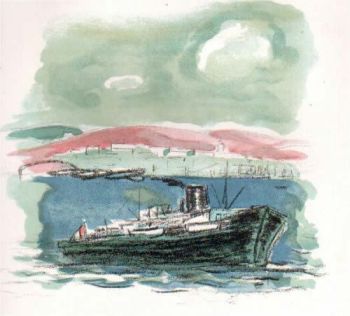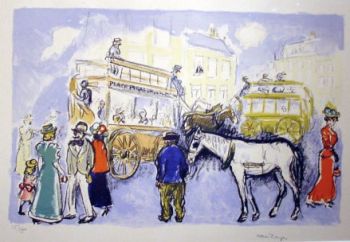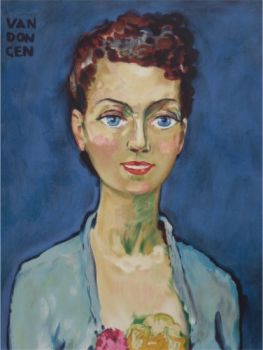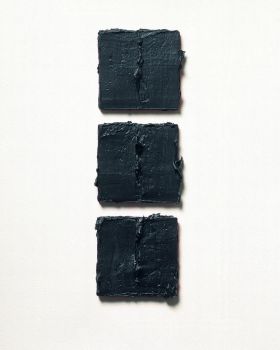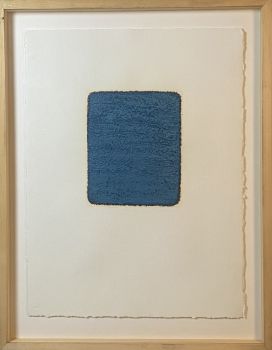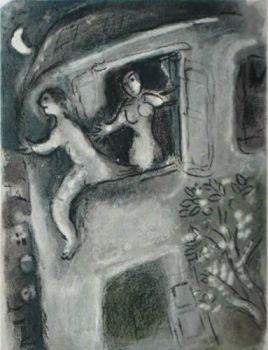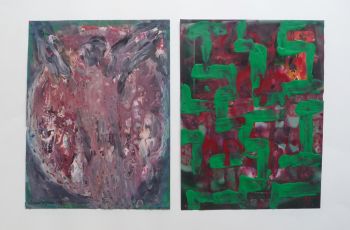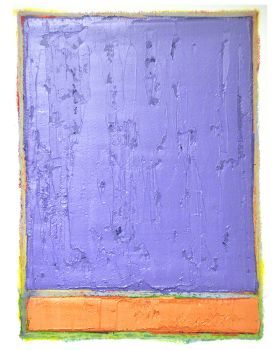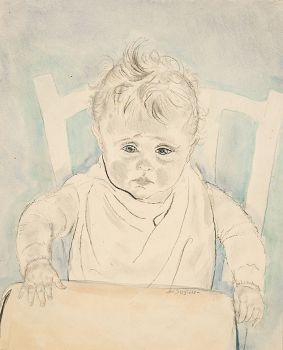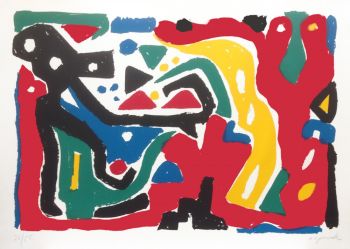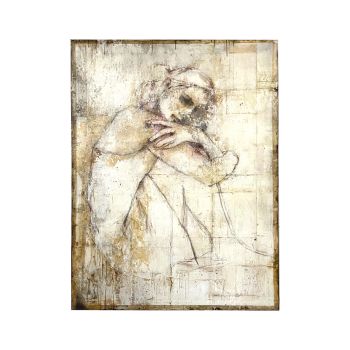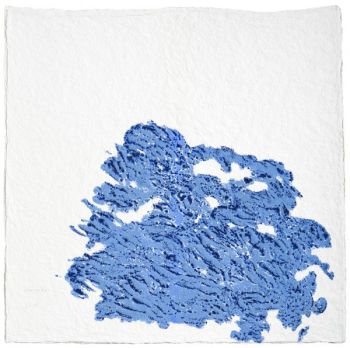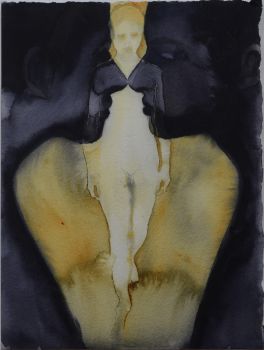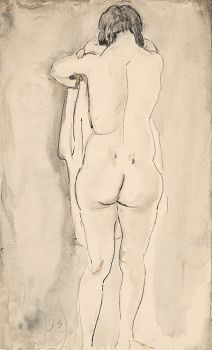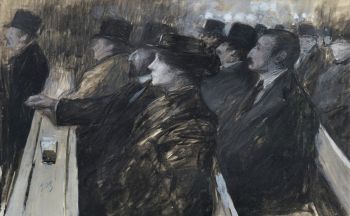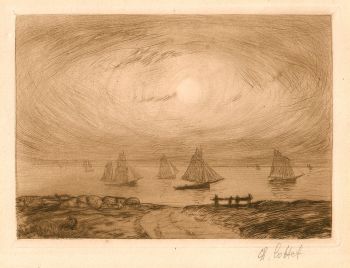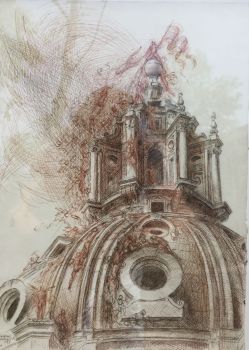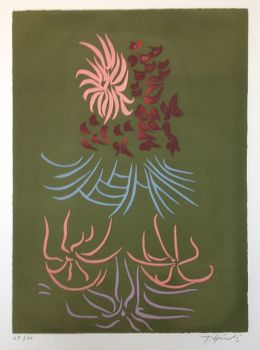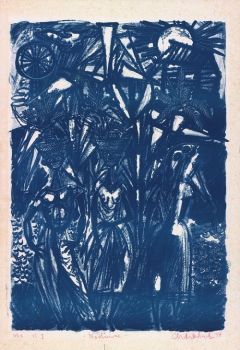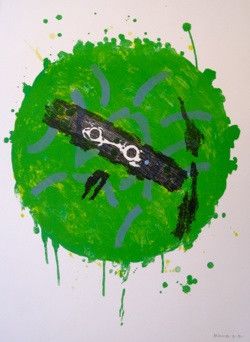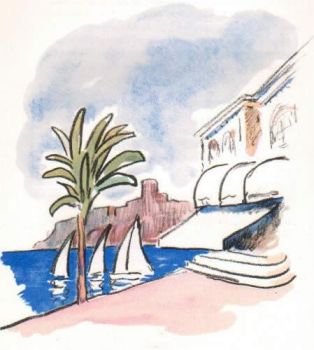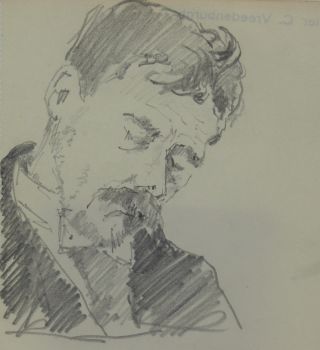The Lizard with the Golden Feathers 1967
Joan Miró
InchiostroCarta
33 ⨯ 48 cm
ConditionExcellent
Attualmente non disponibile tramite Gallerease
- A proposito di opere d'artemedium: lithograph
printed by: Mourlot, Paris
reference: Mourlot 446
From the edition of 80 unsigned test proofs, distributed before the cancellation of the original Le Lezard aux Plumes d'or Suite. Printed by the Atelier Mourlot, Paris.
In 1967, Joan Miro created 18 original color lithographs to accompany his poem "The Lizard with the Golden Feathers". Some time after the circulation of these original prints, Miro noticed a manufacturing defect in the paper and decided to stop the circulation of the Le Lezard aux Plumes d'or series (Maeght 445-462). Only the works already in circulation survived as well as the test proofs that had been sent to certain galleries for their catalogues. The complete number of survived prints is unknown but it is estimated that there would be, for every plate: 80 tests aside from the signed and numbered edition.
Since the original stones from the Le Lezard aux Plume d'or Portfolio had been obliterated, they could not proceed with a new circulation of the same compositions, and so Joan Miro created a second Lizard with the Golden Feathers Suite with new lithographs in 1971 (Maeght 789 - 828). - A proposito di opere artistaJoan Miró è stato un pittore, scultore, grafico e ceramista spagnolo della Catalogna. È considerato uno dei più grandi surrealisti. Miró era figlio di un orafo e orologiaio. Inizialmente ha seguito un'educazione commerciale, ma nel 1912 ha iniziato un'educazione artistica a Barcellona. Nel 1920 si trasferì a Parigi dove prese lezioni all'Académie de la Grande Chaumière. A Parigi Miró stringe amicizia con Picasso, Max Ernst, Hans Arp e Magritte e subisce l'influenza del cubismo. Come Picasso e Georges Braque, Miró non ha mai perseguito le conclusioni del cubismo fino all'astrazione completa. Le sue forme, per quanto stranianti, rimandano sempre alla realtà - alla realtà concreta, o alla realtà come esiste durante il sogno.
Artwork details
Categoria
Stile
Materiale e Tecnica
Colore
Related artworks
- 1 - 3 / 3
Marc Chagall
Adam et Eve Chasses du Paradis Terrestre1952 - 1980
Prezzo su richiestaArthouse Marc Chagall
1 - 4 / 24Jan Sluijters
Mother with two children in bathroom1900 - 1950
Prezzo su richiestaStudio 2000 Art Gallery
Jan Sluijters
Greet met Jantje, Moeder met kind, naakt op een stoel staand1900 - 1940
Prezzo su richiestaStudio 2000 Art Gallery
1 - 4 / 24Rene Rietmeyer
"USA, New Orleans, May 2002"2002
Prezzo su richiestaEuropean Cultural Centre Collection
Rene Rietmeyer
TOKYO - Kudan House - January 2021 #032021
Prezzo su richiestaEuropean Cultural Centre Collection
1 - 4 / 24

